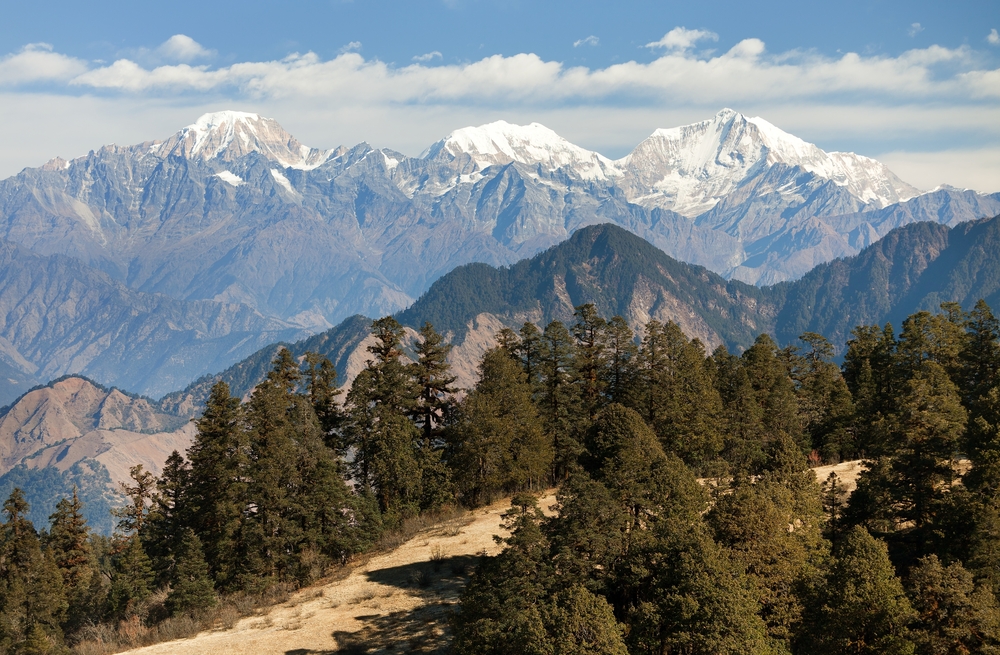Khaptad Overview
Khaptad National Park, known locally as खप्तड राष्ट्रिय निकुञ्ज, is a hidden gem in the Far-Western region of Nepal. Covering an area of 87 square miles (225 square kilometers), this park stretches across four districts: Bajhang, Bajura, Achham, and Doti. Situated at elevations ranging from 4,900 to 11,000 feet (1,500 to 3,300 meters) above sea level, Khaptad National Park offers breathtaking natural beauty, a unique mix of biodiversity, and cultural significance. The park is named after Khaptad Baba, a revered ascetic and spiritual leader who meditated in the area for several years, and it remains a pilgrimage site for many of his followers.
The terrain of Khaptad National Park is a harmonious blend of rolling hills, deep gorges, and lush valleys, creating a captivating landscape that changes with the seasons. The park is covered predominantly by temperate forests of oak, rhododendron, and fir, interspersed with open meadows known as “patans,” which burst into vibrant blooms during spring and summer. The Khaptad plateau, at the heart of the park, is a serene highland meadow surrounded by dense woods, offering panoramic views of the majestic Api and Saipal Himalayan ranges. Other notable features include the Khaptad Daha (a pristine lake) and the Triveni confluence, a spiritually significant spot where three rivers meet.
Khaptad National Park is home to an array of wildlife, showcasing Nepal’s rich biodiversity. Among the mammals, the park shelters species like the Himalayan black bear, common leopard, jackal, and yellow-throated marten. Small mammals, such as porcupines and langurs, are also commonly spotted. The park is a paradise for bird enthusiasts, with over 270 species recorded, including the Himalayan monal, Nepal’s national bird, as well as colorful pheasants, cuckoos, and bulbuls. The tranquil environment and diverse ecosystems attract migratory birds, making it an important area for avian biodiversity.
Visitors are drawn to Khaptad National Park not only for its natural beauty but also for its spiritual and cultural appeal. The Khaptad Baba Ashram is a key attraction, offering a peaceful retreat for meditation and spiritual reflection. Pilgrims often visit the Triveni temple complex, especially during the Ganga Dashahara festival. Hiking and trekking are popular activities, with trails providing stunning views and opportunities to explore the diverse flora and fauna. The park’s remoteness ensures a tranquil experience, far removed from the hustle and bustle of more frequented tourist destinations.
Despite its serene beauty, Khaptad National Park faces conservation challenges, including habitat degradation, poaching, and limited resources for effective management. However, efforts by the Nepalese government and local communities have shown promise in addressing these issues. Collaborative programs focusing on ecotourism, wildlife monitoring, and community-based conservation have helped safeguard the park’s fragile ecosystems while providing sustainable benefits for nearby residents.










































































